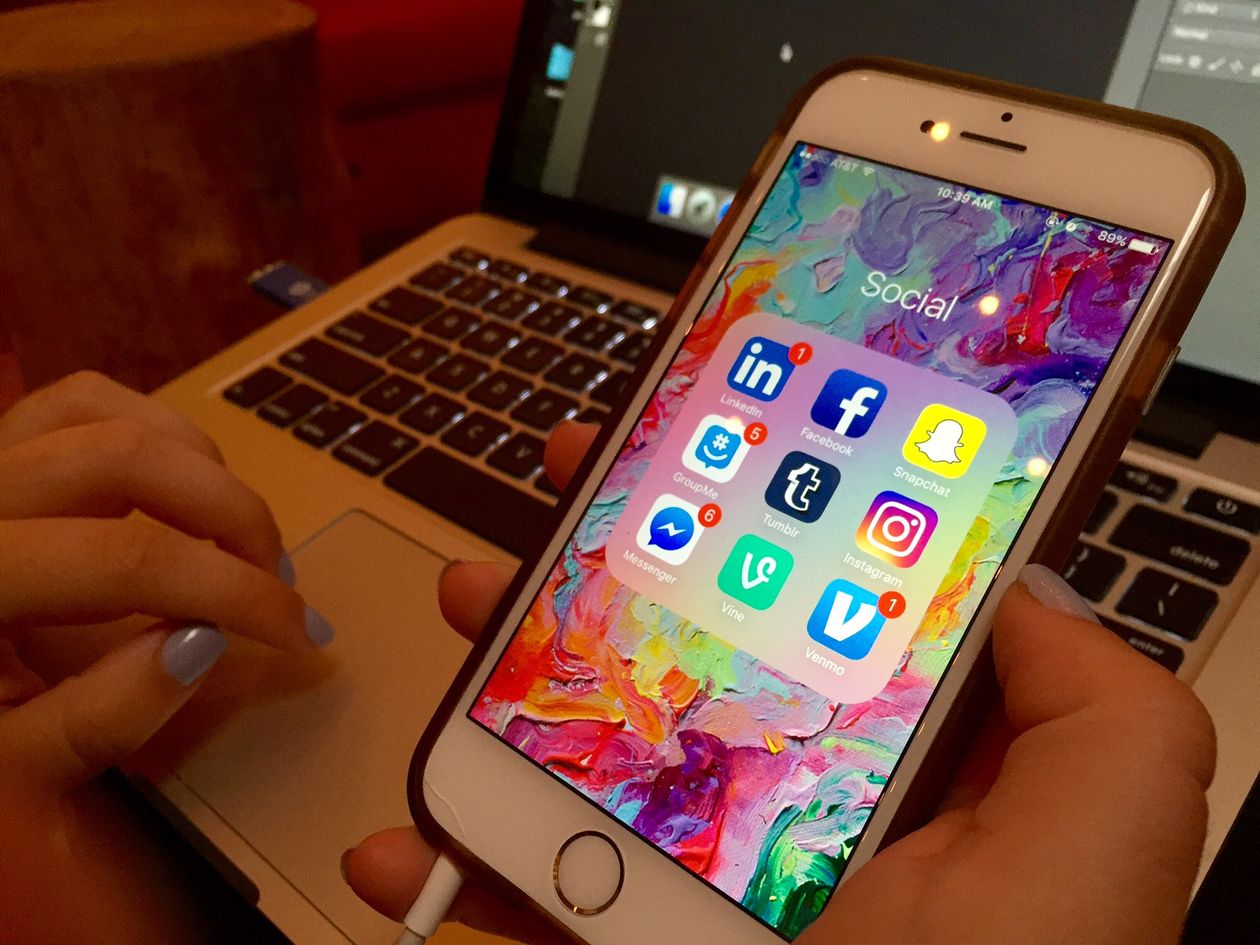How Virtual Reality Will Impact Social Media
by 900lbs of Creative

In a few short years, social media will evolve how humans interact with each other – yet again. There are the social media of the past, like MySpace and America Online, and we have our current social media, obviously Facebook, Twitter, Instagram, and Snapchat. Sometimes these websites and apps can occupy several hours of a person’s entire day.
All of these services make it extremely easy for us to keep track of our friends, family, and acquaintances, but for the most part, these interactions can be extremely impersonal. We are interacting with each other, but we are sitting alone on the bus, waiting for coffee, or just sitting bored at the kitchen table. Together, yet still alone.
You know how it goes: you post a photo online, your friends and family click “like”, maybe someone will leave a witty comment. But that is not how real life works. Commenting “lol that is so funny, wish i was there!!!” on a picture of someone playing with their dog in their furnished basement is comparable to the real life social interaction of the useless conversation, “What’s up?” – “Nothing.” There is just not much real substance. Virtual reality can change that.
Yes, Skype, Oovoo, and Google Hangouts exist, and yes, those platforms are great for one-on-one face-to-face conversations, but have you ever tried to video chat with three or more people at once? It’s practically impossible, and is in way comparable to sitting around a table with five or six of your close friends.
Instead of sitting on our couches, lying in our beds, wasting time, holding half-hearted conversations with each other through our mobile devices, social media in combination with virtual reality could reinstitute the genuine life into our daily online interactions. This technology could contribute to Earth as a whole becoming even more of a global society. For example, with virtual reality, a person in Beijing would be able to inhabit the same virtual environment as a person who is actually in Barcelona. Proximity will no longer be a limitation. Virtual reality could remove the anonymity, the hate messages, and more from social media and lead to a more integrated, more conversational society. Humanity in social media would be restored.
In 2014, Facebook announced they would acquire Oculus VR, and ever since they have been working towards combining social media and virtual reality. Earlier this year, they demonstrated their ability to create a social space in virtual reality, and the tech is only improving.
Imagine sliding on your virtual reality headset, and immediately you are thrust into a room full of avatars that look identical to your friends and family. You can all see each other at once instead of across multiple screens, the conversation is no longer impersonal. No one has the ability to hurl violent, anonymous comments at you. It will look and feel like real life, and it will be just as immersive. You will practically be able to look each other in the eye.
The possibilities don’t stop there, as the marketing applications are immense. Consumers would potentially be able to learn about a product directly from its creator, instead of just watching a video or scrolling through a set of photos. The way we deliver information online would become more personal, more interactive, and more experiential. Instead of creating marketing materials and placing them out into society for consumers to digest, marketing materials will become living, breathing, evolving organisms.
Luckily for us, the future of social media is no longer a false, closed-off facade of our daily lives dedicated to earning more likes and comments. Thanks to virtual reality, social media will lead to a more involved, informed, interactive society.

